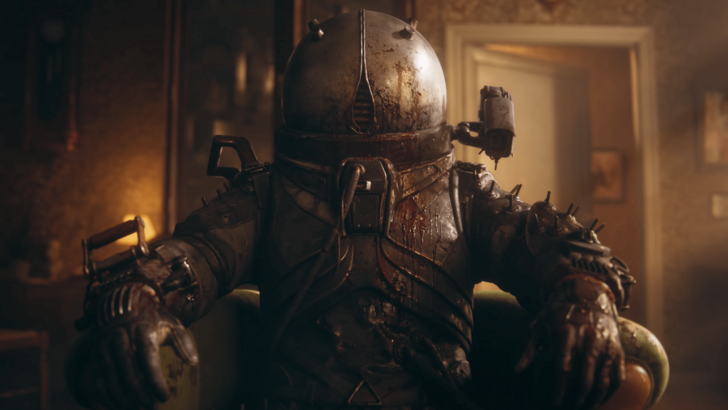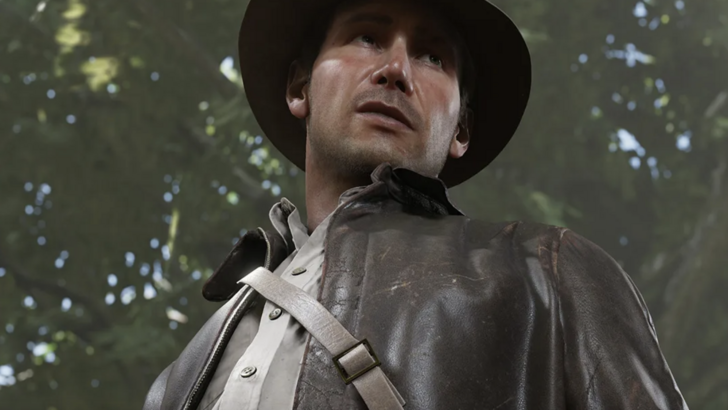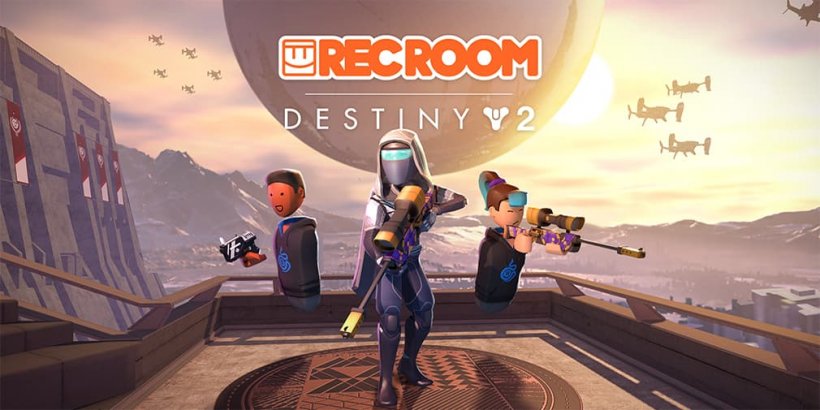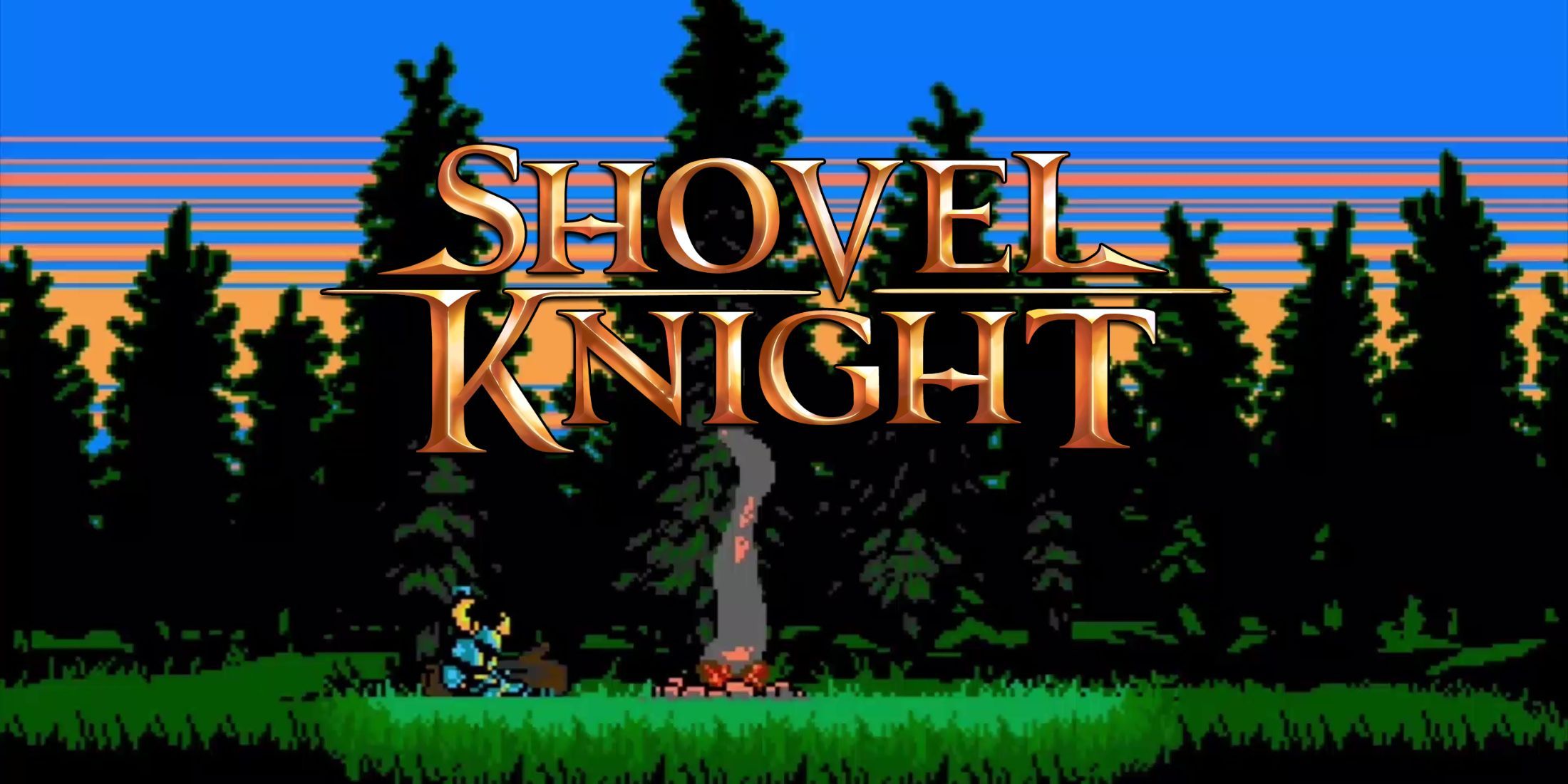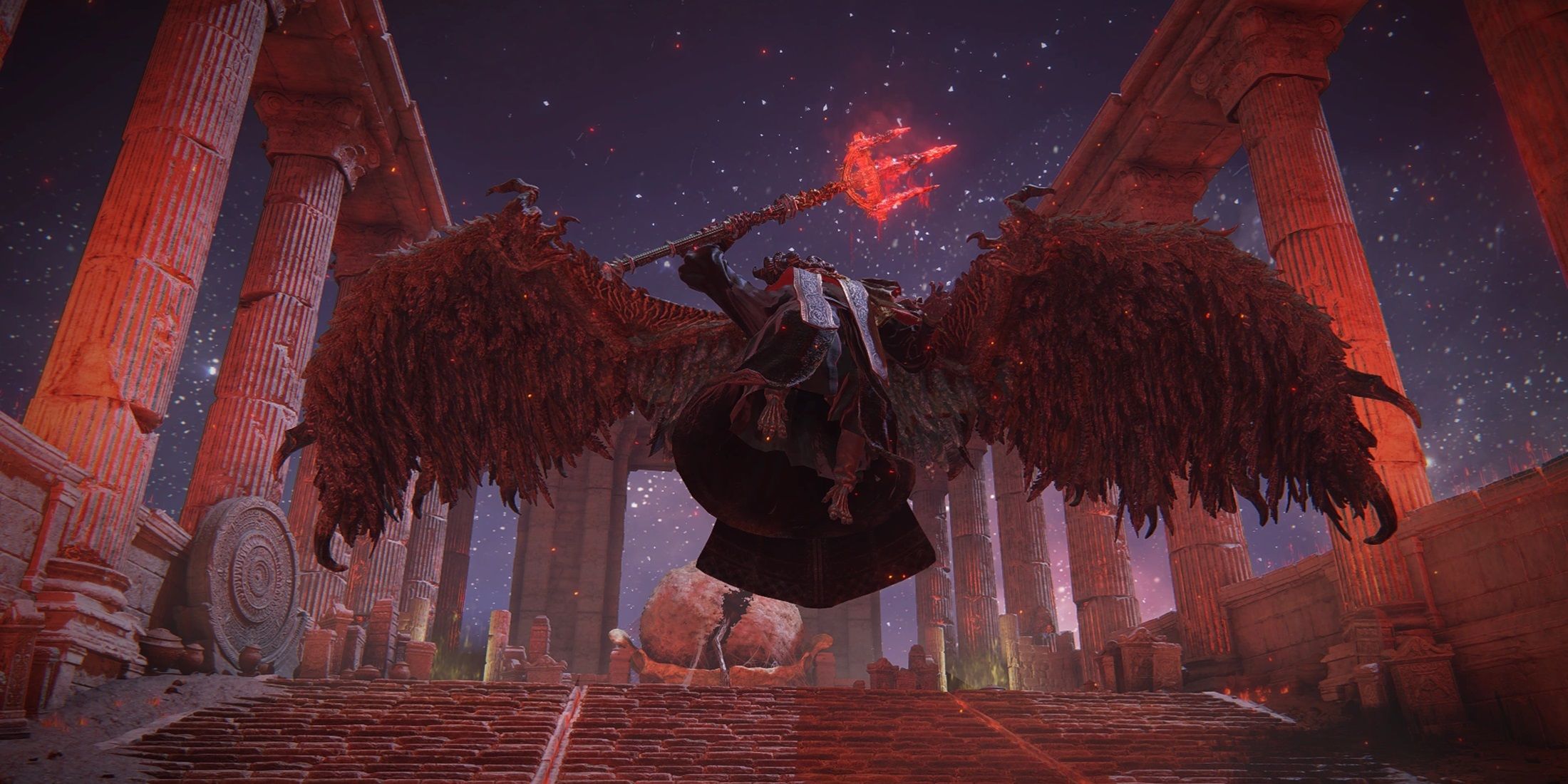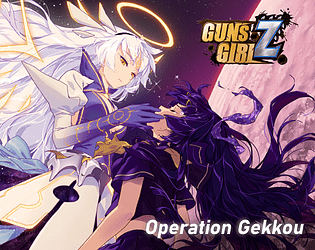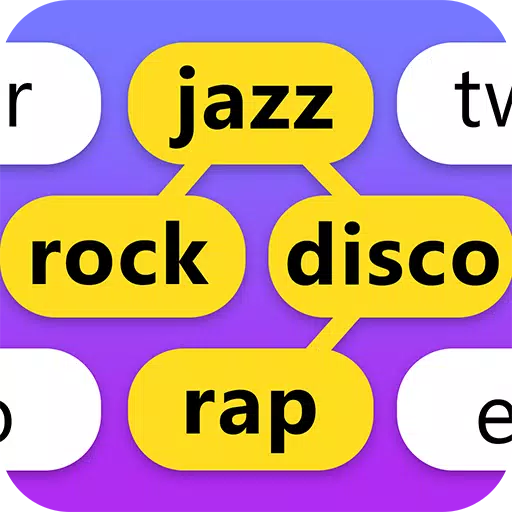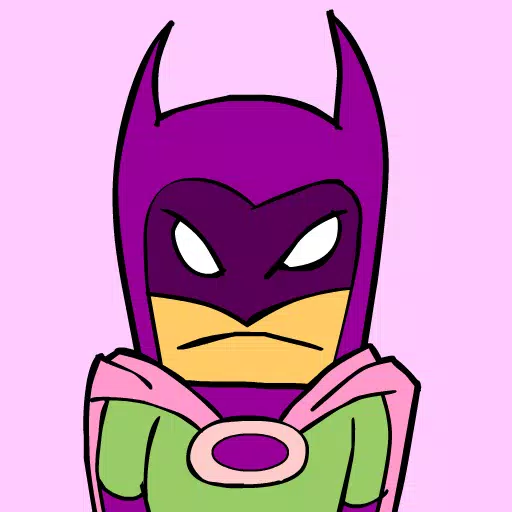The announcement of the Nintendo Switch 2's price at $450 USD turned heads, especially considering Nintendo's history of more affordable pricing. However, with rising production costs and economic factors such as tariffs, analysts had anticipated a price point around $400 USD. The real shock came with the pricing of Switch 2 games, with titles like Mario Kart World reaching up to $80 USD, while others like Donkey Kong Bananza are set at $70 USD (or $65 digitally). When you factor in the cost of accessories for the full Switch 2 experience, the total investment becomes significant.
To put the Switch 2's price into perspective, let's adjust the launch costs of previous Nintendo consoles for inflation and compare them:
Nintendo Switch 2 Price Vs Previous Nintendo Consoles
NES
 The NES, launched in 1985 for $179 USD, would cost a hefty $523 USD in 2025 when adjusted for inflation. That's quite the jump!
The NES, launched in 1985 for $179 USD, would cost a hefty $523 USD in 2025 when adjusted for inflation. That's quite the jump!
SNES
 In 1991, the SNES was released for $199 USD, which, considering inflation, equates to $460 USD in 2025. A slight increase from the NES but still a significant amount.
In 1991, the SNES was released for $199 USD, which, considering inflation, equates to $460 USD in 2025. A slight increase from the NES but still a significant amount.
Nintendo 64
 The Nintendo 64, marking Nintendo's 3D gaming revolution in 1996, also started at $199 USD. Adjusted for inflation, that's $400 USD today.
The Nintendo 64, marking Nintendo's 3D gaming revolution in 1996, also started at $199 USD. Adjusted for inflation, that's $400 USD today.
Nintendo GameCube
 The GameCube, which will see its games available on the Switch 2 through Nintendo Switch Online's classic library, launched in 2001 for $199 USD, equivalent to $359 USD in today's terms.
The GameCube, which will see its games available on the Switch 2 through Nintendo Switch Online's classic library, launched in 2001 for $199 USD, equivalent to $359 USD in today's terms.
Wii
 The Wii, a global phenomenon thanks to its motion controls, hit the market in 2006 for $249 USD, which translates to about $394 USD in 2025.
The Wii, a global phenomenon thanks to its motion controls, hit the market in 2006 for $249 USD, which translates to about $394 USD in 2025.
Wii U
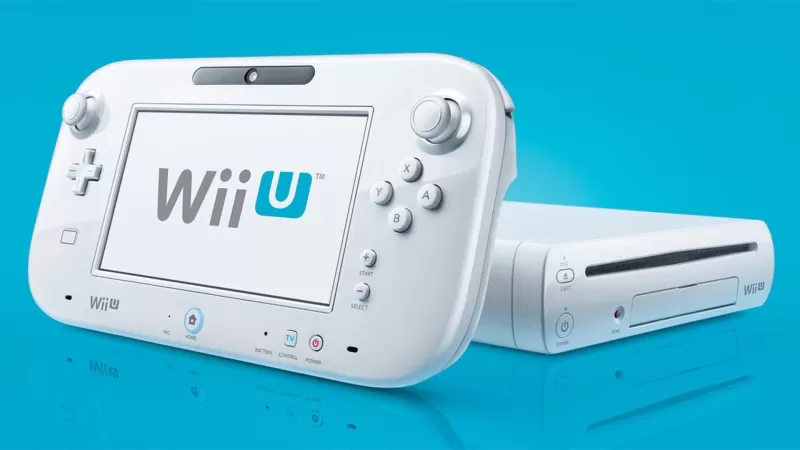 The less successful Wii U, launched in 2012 for $299 USD, would be priced at $415 USD today, closely aligning with the Switch 2's price point.
The less successful Wii U, launched in 2012 for $299 USD, would be priced at $415 USD today, closely aligning with the Switch 2's price point.
Nintendo Switch
 The highly successful Nintendo Switch, launched in 2017 for $299 USD, would be about $387 USD today. This makes it still cheaper than the Switch 2, set to hit shelves on June 5.
The highly successful Nintendo Switch, launched in 2017 for $299 USD, would be about $387 USD today. This makes it still cheaper than the Switch 2, set to hit shelves on June 5.
So, the original NES stands out as the most expensive console Nintendo has ever launched when adjusted for inflation. Does this comparison make the Switch 2's price easier to accept? Not really.
 Credit: IGN
Credit: IGN
But what about the games?
While the Switch 2's price was somewhat anticipated, the pricing of its games caused a stir. With Mario Kart World priced at up to $80 USD and Donkey Kong Bananza at $70 USD (or $65 digitally), it's clear that the cost of gaming is on the rise. Comparing this to the early days of the NES, where games varied widely in price, from $45 USD ($130 USD in 2025) to as low as $34 USD ($98 USD today), it's evident that game prices have escalated over time. Many believe that game prices could continue to increase.
The Switch 2's pricing is on the higher end of Nintendo's spectrum, surpassed only by the NES and SNES when adjusted for inflation. Real-world factors like production costs and regional pricing strategies, such as a cheaper, region-locked Switch 2 for Japan at 49,980 JPY ($340 USD), contribute to these price differences.
How Switch 2's Price Compares to Other Consoles
To see how the Switch 2's price stacks up against other consoles, let's look at some historical comparisons:
PlayStation 2
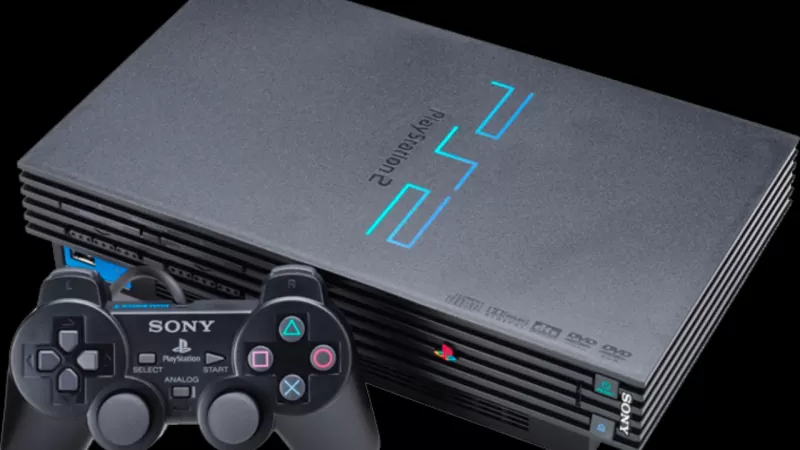 The PlayStation 2, the best-selling console of all time, was released in 2000 for $299 USD. Adjusted for inflation, it would cost $565 USD in 2025.
The PlayStation 2, the best-selling console of all time, was released in 2000 for $299 USD. Adjusted for inflation, it would cost $565 USD in 2025.
Xbox 360
 The Xbox 360, Microsoft's most successful console, launched in 2005 for $299 USD, which equates to about $500 USD today.
The Xbox 360, Microsoft's most successful console, launched in 2005 for $299 USD, which equates to about $500 USD today.
 Console prices adjust for inflation. The PS3 was super expensive! Image credit: IGN
Console prices adjust for inflation. The PS3 was super expensive! Image credit: IGN
This comparison shows how the Switch 2's pricing aligns with its predecessors and some of its competitors. For more insights, check out IGN's hands-on with the Switch 2 and its games like Mario Kart World, as well as discussions with analysts on the factors driving the high costs of the Switch 2 and its ecosystem.

 Latest Downloads
Latest Downloads
 Downlaod
Downlaod
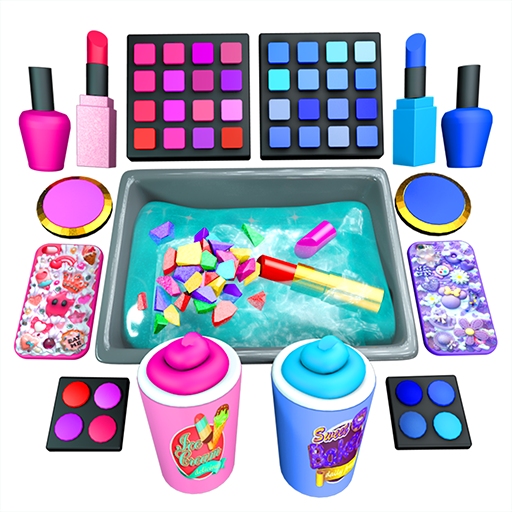
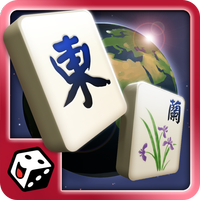


 Top News
Top News